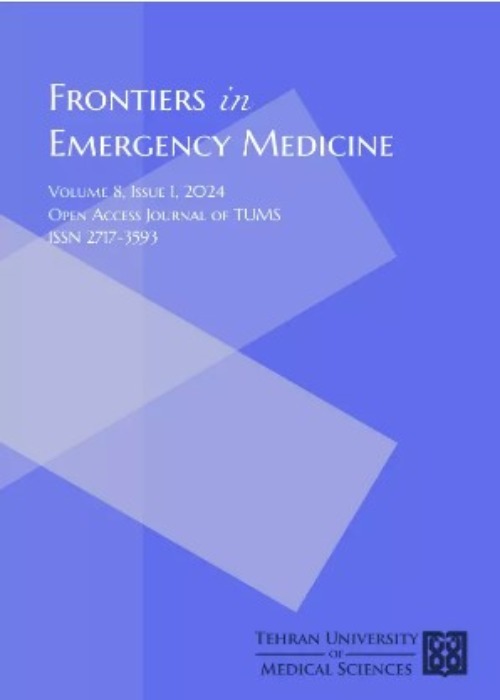The diagnostic value of the field assessment stroke triage as an emergency destination tool in identifying the obstruction of large cerebral vessels: a systematic reviewand meta-analysis
In this study, we investigate the diagnostic value of the field assessment stroke triage for emergency destination (FAST-ED) tool in the diagnosis of large vessels occlusion (LVO) in a systematic review and metaanalysis.
We conducted a search in Medline (PubMed), Embase, Scopus, and Web of Science databases until the 21s t of September 2022, as well as a manual search in Google ,and Google scholar to find related articles. Studies of diagnostic value in adult population were included. Screening, data collection and quality control of articles were done by two independent researchers. The data were entered and analyzed in STATA 17.0 statistical program.
The data from 30 articles were entered. The best cut-off points for FAST-ED were 3 or 4. The sensitivity and specificity of FAST-ED at cut-off points 3 were 0.77 (95% CI:0.73,0.80) and 0.76 (95% CI:0.72,0.80), respectively. These values for cut-off point 4 were 0.72 (95% CI:0.65,0.78) and 0.79 (95% CI:0.75,0.82), respectively. Meta-regression showed that the sensitivity and specificity of FAST-ED performed by a neurologist wasmore accurate compared to emergency physician (P for sensitivity=0.01; P for specificity<0.001) and emergency medical technicians (P for sensitivity=0.03; P for specificity<0.001). Finally, it was found that the sensitivity of FAST-ED performed by the emergency physician and the emergency medical technician has no statistically significant difference (P=0.76). However, the specificity of FAST-ED reported by the emergency physician is significantly higher (P<0.001). The false negative rate of this tool at cut-off points 3 and 4 is 22.5% and 28.8%, respectively.
Although FAST-ED has an acceptable sensitivity in identifying LVO, its false negative rate varies between 22.5% and 28.8%. A percentage this high is unacceptable for a screening tool to aid in the diagnosis of strokes considering it has a high rate or morbidity and mortality. Therefore, it is recommended to use another diagnostic tool for the stroke screening.
- حق عضویت دریافتی صرف حمایت از نشریات عضو و نگهداری، تکمیل و توسعه مگیران میشود.
- پرداخت حق اشتراک و دانلود مقالات اجازه بازنشر آن در سایر رسانههای چاپی و دیجیتال را به کاربر نمیدهد.


